elemintalshop
Francisco Franco & Eagle of Saint John 5 Pesetas Spain Authentic Coin Money for Jewelry (Eagle of the Evangelist) (John the Evangelist)
Francisco Franco & Eagle of Saint John 5 Pesetas Spain Authentic Coin Money for Jewelry (Eagle of the Evangelist) (John the Evangelist)
Couldn't load pickup availability
Francisco Franco & Eagle of Saint John 5 Pesetas Spain Authentic Coin Money for Jewelry and Craft Making (Eagle of the Evangelist) (John the Evangelist)
Obverse: The portrait of Francisco Franco facing right with the date of the start of the series below.
Lettering: FRANCISCO FRANCO CAUDILLO DE ESPAÑA POR LA G.DE DIOS
Translation: Francisco Franco Leader of Spain by the Grace of God
Reverse: The Spanish coat of arms with the eagle of Saint John and the year in the star to the left with the denomination at the top.
Lettering:
5 PTAS
UNA GRANDE LIBRE
PLUS ULTRA
59
Translation:
5 Pesetas
One, Great and Free
Further beyond
59
Features
Issuer Spain
Ruling authority Francisco Franco (1936-1975)
Type Standard circulation coin
Year 1957 (1957-1975)
Value 5 Pesetas (5 ESP)
Currency Peseta (1868-2001)
Composition Copper-nickel (75% Copper, 25% Nickel)
Weight 5.75 g
Diameter 23 mm
Thickness 1.5 mm
Shape Round
Orientation Coin alignment ↑↓
Demonetized 01-01-1997
Number N# 781
References KM# 786, Cal# 49, Schön# 34
Wikipedia:
Francisco Franco Bahamonde (/ˈfræŋkoʊ/, Spanish: [fɾanˈθisko ˈfɾaŋko ba.a.ˈmõn̪.de]; 4 December 1892 – 20 November 1975) was a Spanish general who led the Nationalist forces in overthrowing the Second Spanish Republic during the Spanish Civil War and thereafter ruled over Spain from 1939 to 1975 as a dictator, assuming the title Caudillo. This period in Spanish history, from the Nationalist victory to Franco's death, is commonly known as Francoist Spain or the Francoist dictatorship.
Born in Ferrol, Galicia, into an upper-class military family, Franco served in the Spanish Army as a cadet in the Toledo Infantry Academy from 1907 to 1910. While serving in Morocco, he rose through the ranks to become brigadier general in 1926, aged 33, becoming the youngest general in Spain. Two years later Franco became the director of the General Military Academy in Zaragoza. As a conservative and monarchist, Franco regretted the abolition of the monarchy and the establishment of the Second Republic in 1931. He was devastated by the closing of his Academy, but nevertheless continued his service in the Republican Army. His career redoubled after the right-wing CEDA and PRR won the 1933 election empowering him to lead the suppression of the 1934 uprising in Asturias. Franco was briefly elevated to Chief of Army Staff before the 1936 election moved the leftist Popular Front into power, relegating him to the Canary Islands. After initial reluctance, he joined the July 1936 military coup, which, after failing to take Spain, sparked the Spanish Civil War.
During the war, he commanded Spain's colonial army in Africa and after the death of much of the rebel leadership became his faction's only leader, appointed Generalissimo and Head of State in 1936. He consolidated all nationalist parties into the FET y de las JONS (creating a one-party state). Three years later the Nationalists declared victory which extended Franco's dictatorship over Spain through a period of repression of political opponents. His dictatorship's use of forced labor, concentration camps, and executions led to between 30,000 and 50,000 deaths. Combined with wartime killings, this brings the death toll of the White Terror to between 100,000 and 200,000. In post-civil-war Spain, Franco ruled with more power than any Spanish leader before or since, and developed a cult of personality around his rule by founding the Movimiento Nacional. During World War II he maintained Spanish neutrality but supported the Axis — whose members Italy and Germany had supported him during the Civil War — in various ways, damaging the country's international reputation.
During the start of the Cold War, Franco lifted Spain out of its mid-20th century economic depression through technocratic and economically liberal policies, presiding over a period of rampant growth known as the "Spanish miracle". At the same time, his regime transitioned from being totalitarian to authoritarian with limited pluralism and became a leader in the anti-Communist movement, garnering support from the West, particularly the United States. The dictatorship softened and Luis Carrero Blanco became Franco's éminence grise. Carrero Blanco's role expanded after Franco started struggling with Parkinson's disease in the 1960s. In 1973 Franco resigned as prime minister – separated from the head of state office since 1967 – due to advanced age and illness, but remained in power as the latter and commander-in-chief. Franco died in 1975, aged 82, and was entombed in the Valle de los Caídos. He restored the monarchy in his final years, being succeeded by Juan Carlos as King of Spain, who, in turn, led the Spanish transition to democracy.
The legacy of Franco in Spanish history remains controversial as the nature of his dictatorship changed over time. His reign was marked by both brutal repression, with thousands killed, and economic prosperity, which greatly improved the quality of life in Spain. His dictatorial style proved highly adaptable, which enabled wide-sweeping social and economic reform, while consistent pursuits during his reign centered on highly centralised government, authoritarianism, nationalism, national Catholicism, anti-freemasonry and anti-Communism.
********
Wikipedia:
The Eagle of Saint John (Spanish: Águila de San Juan) is a heraldic eagle associated mostly with the Catholic Monarchs which was later prominently used during Francoist Spain (1939–77) and the Spanish transition to democracy (1977–81). It is sable with an or halo and feet of gules.
John the Evangelist, the author of the fourth gospel account, is symbolized by an eagle, often with a halo, an animal may have originally been seen as the king of the birds. The eagle is a figure of the sky, and believed by Christian scholars to be able to look straight into the sun.
The better known heraldic use of the Eagle of St. John has been the single supporter chose by Queen Isabella of Castile in her armorial achievement used as heiress and later integrated into the heraldry of the Catholic Monarchs. This election alludes to the queen's great devotion to the evangelist that predated her accession to the throne. There is a magnificent tapestry with the armorial achievement of the Catholic Monarchs in the Throne Room of the Alcazar of Segovia.
The Eagle of St. John was placed on side of the shields used as English consort by Catherine of Aragon, daughter of the Catholic Monarchs, Mary I and King Philip as English monarchs. In Spain, Philip barely bore the Eagle of St John in his armorial achievements.
The Eagle of the Evangelist was recovered as single supporter holding in 1939, 1945 and 1977 official models of the armorial achievement of Spain and it was removed in 1981 when the current coat of arms was adopted. The use of the eagle of St. John was exploited by the Spanish dictator Francisco Franco, who used it as a symbol of his regime.
Share
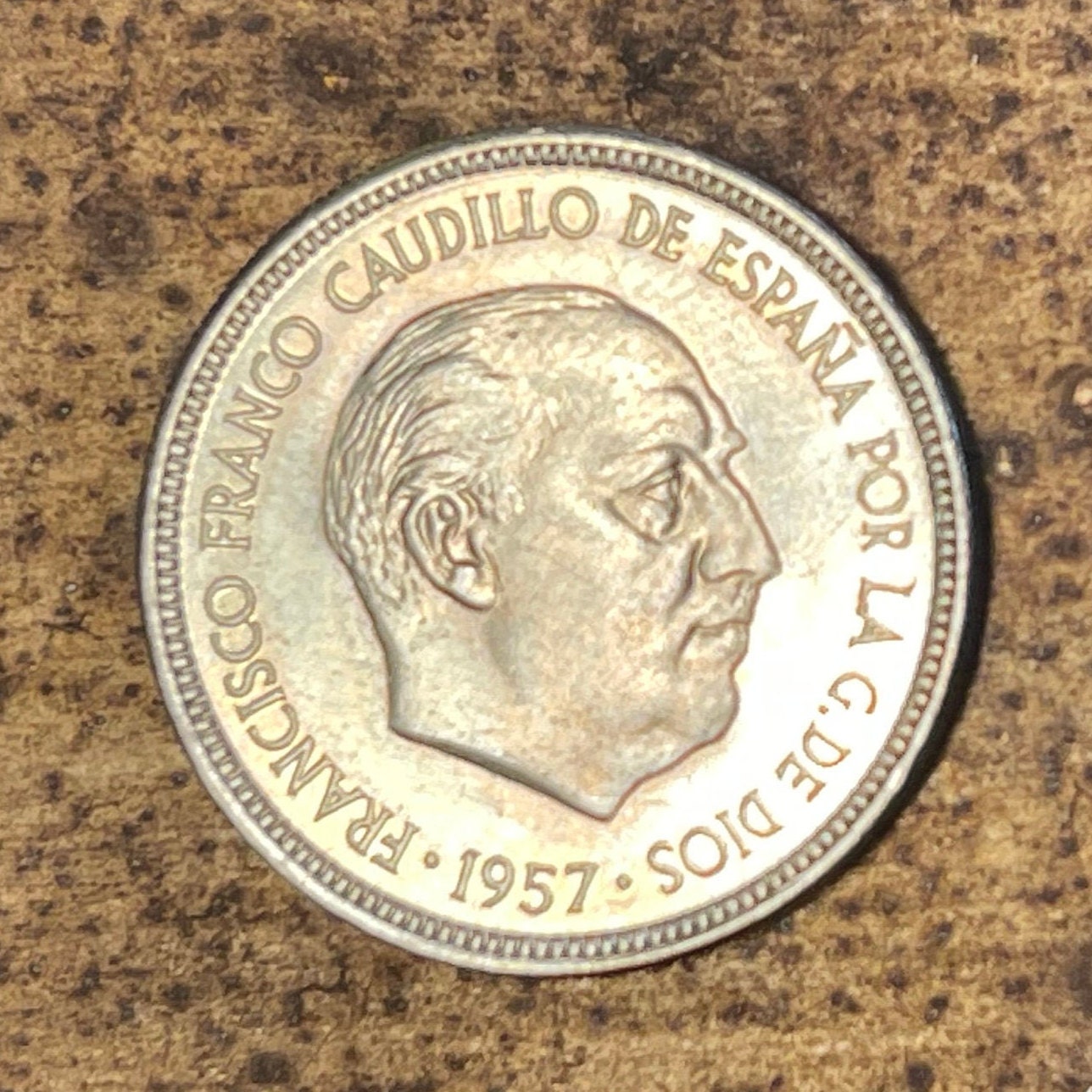
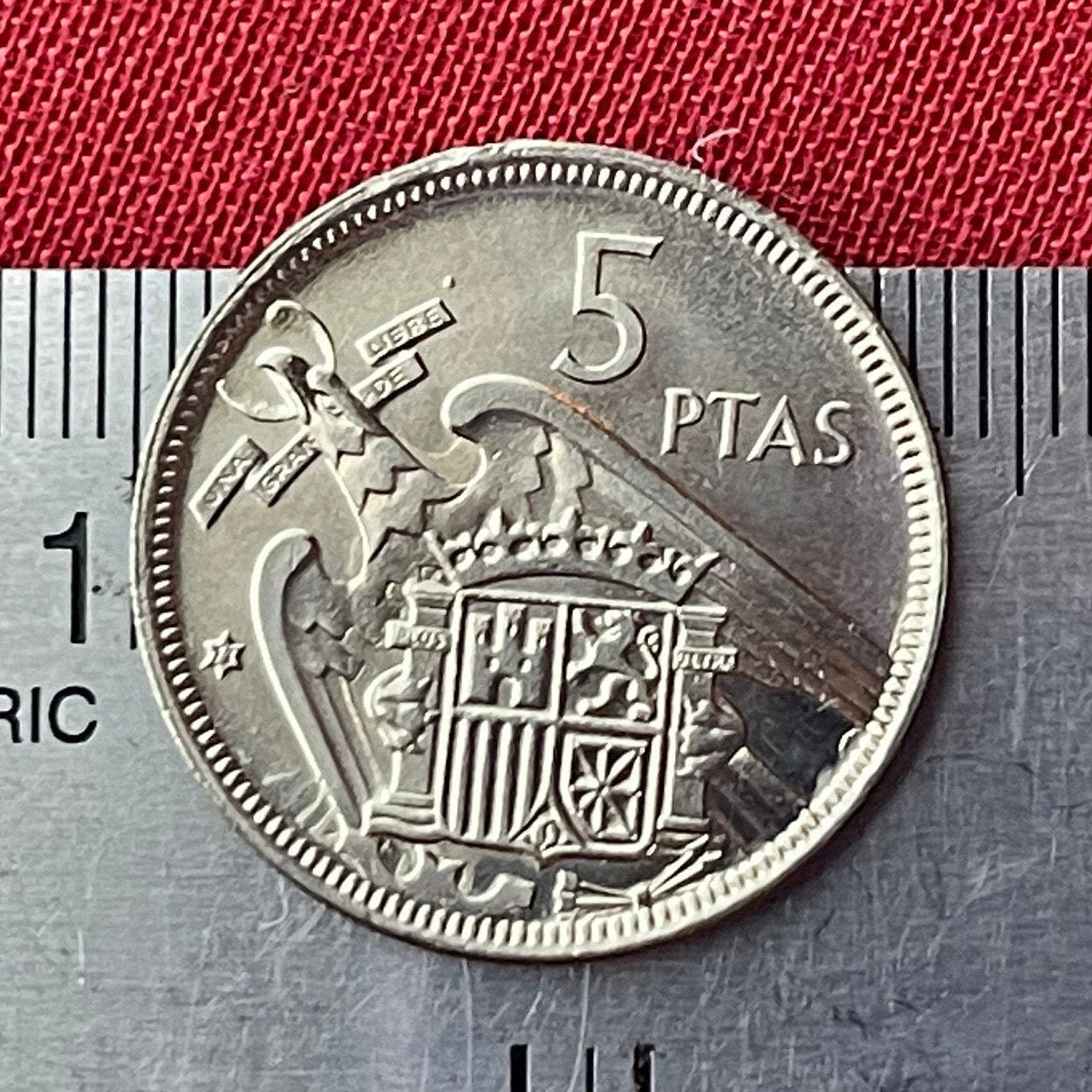
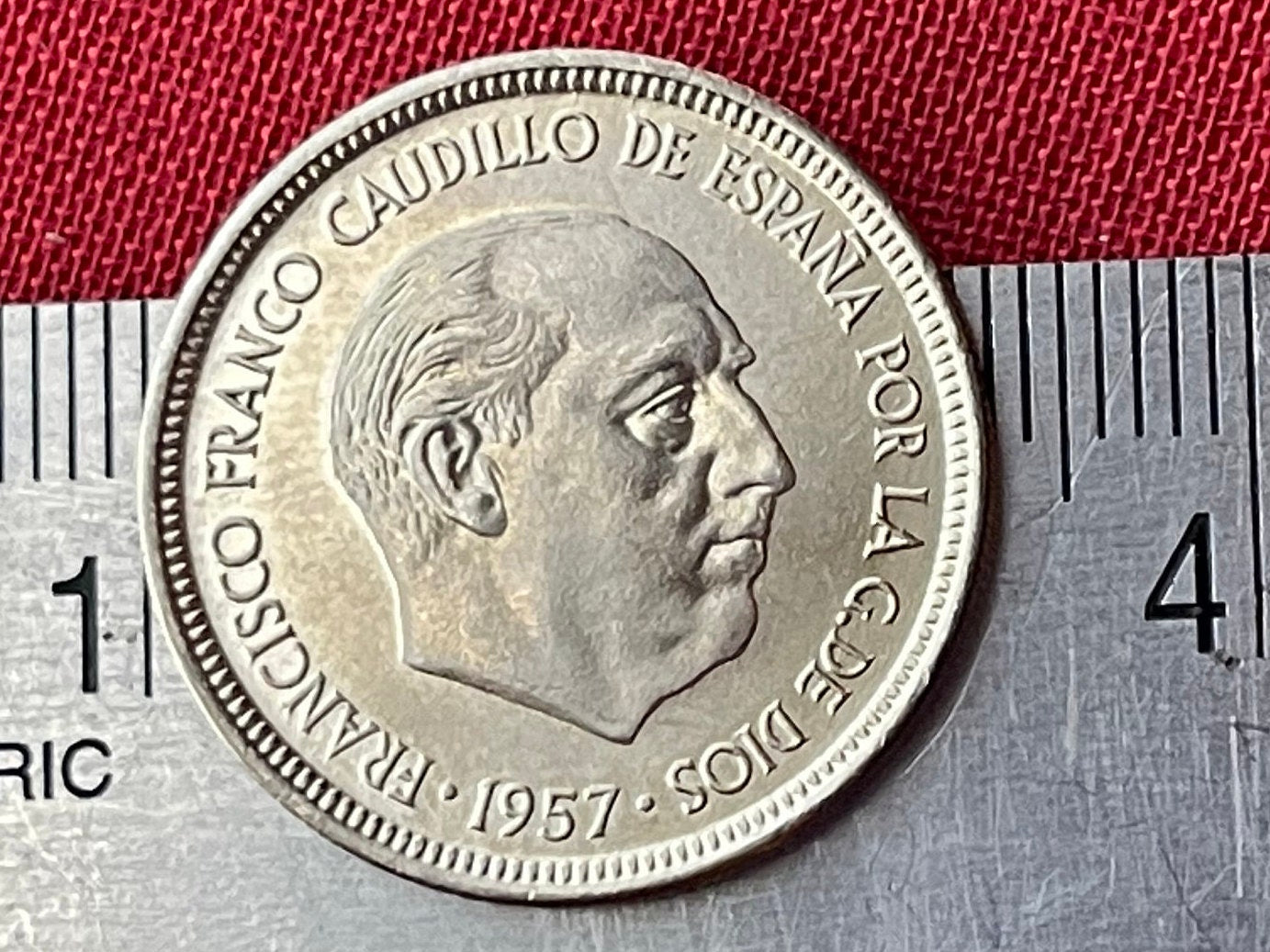
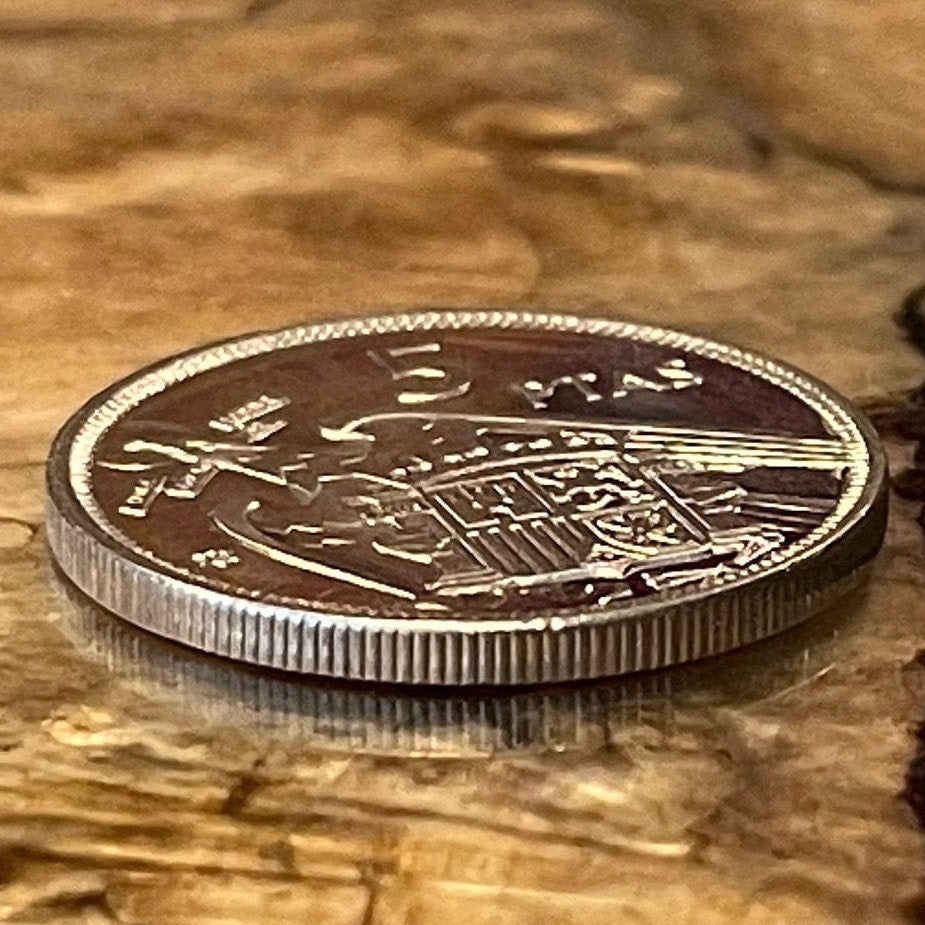
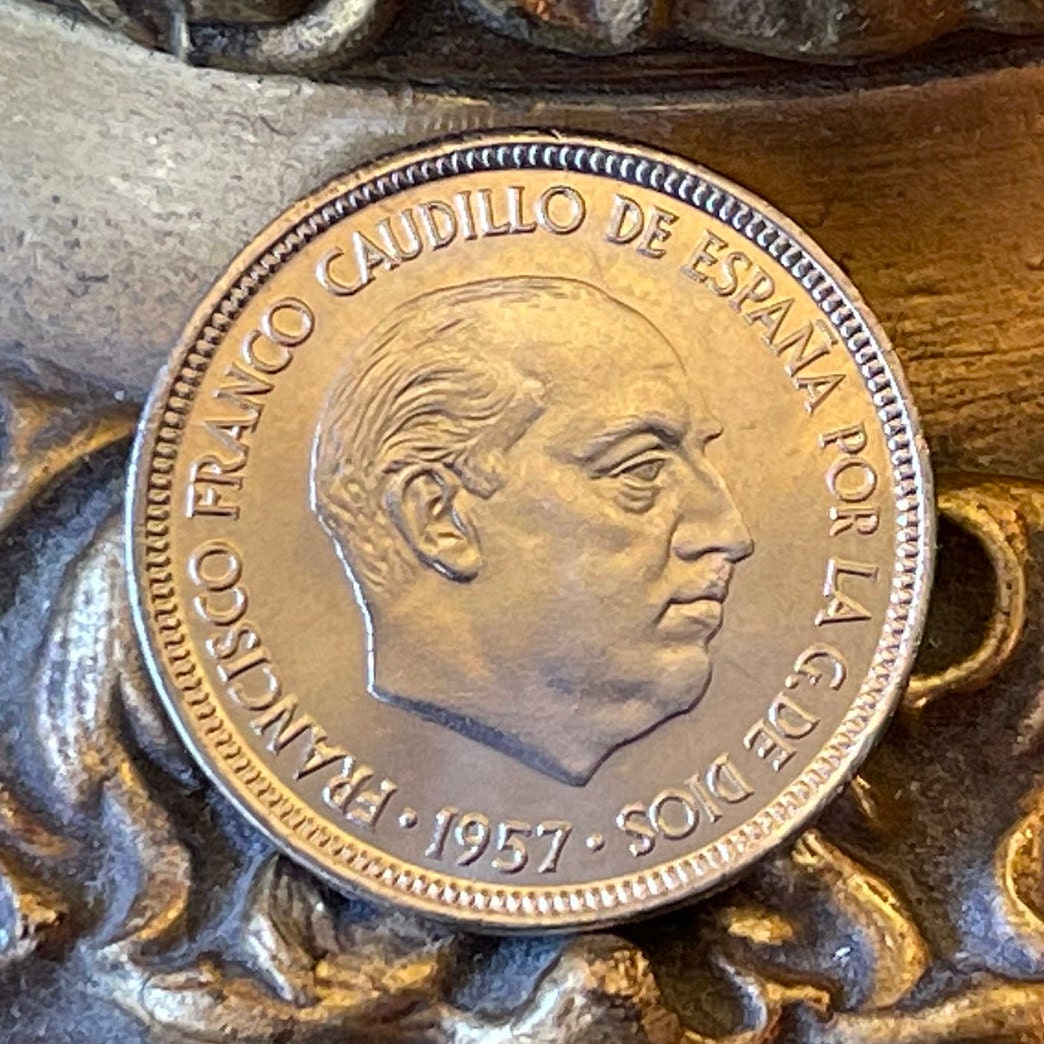
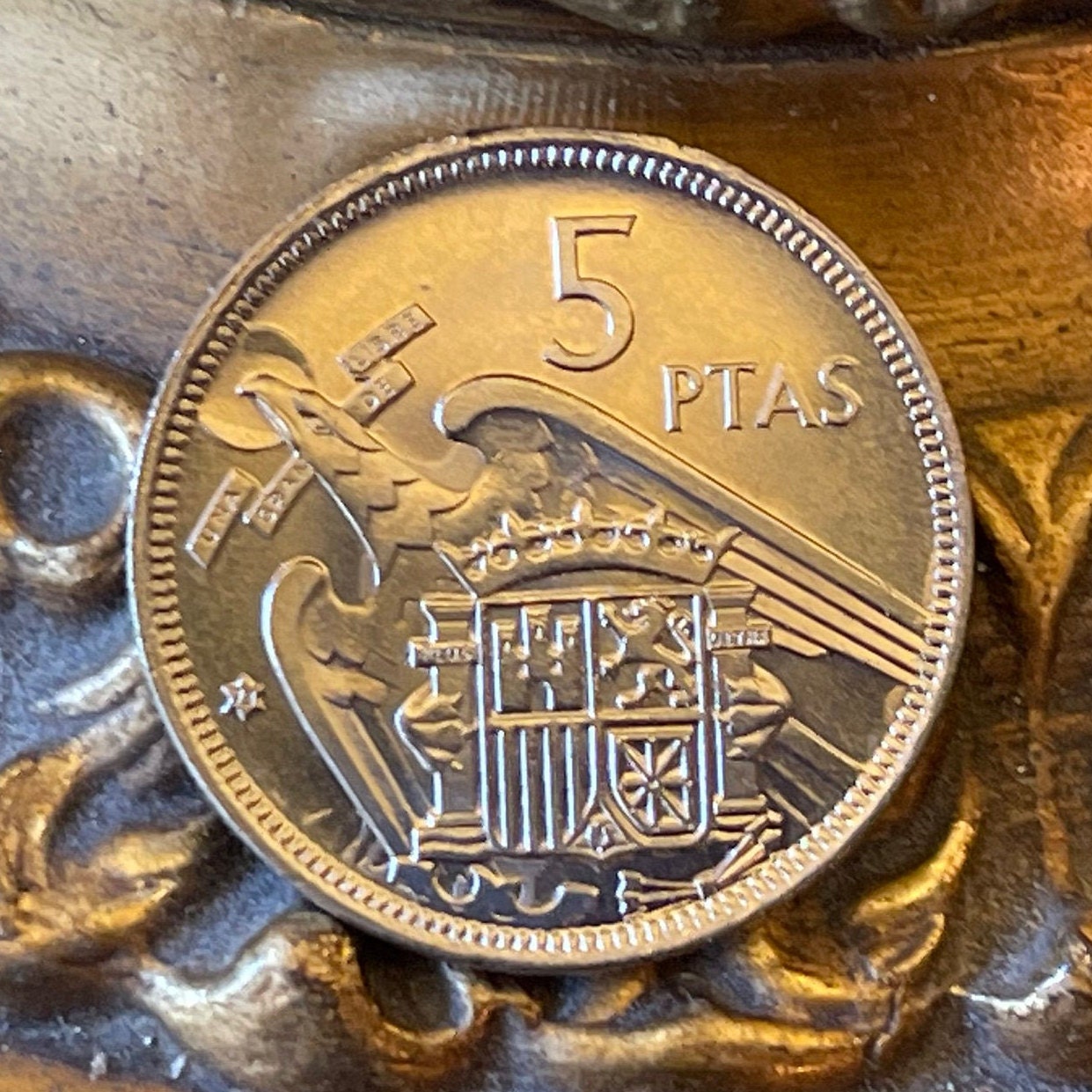
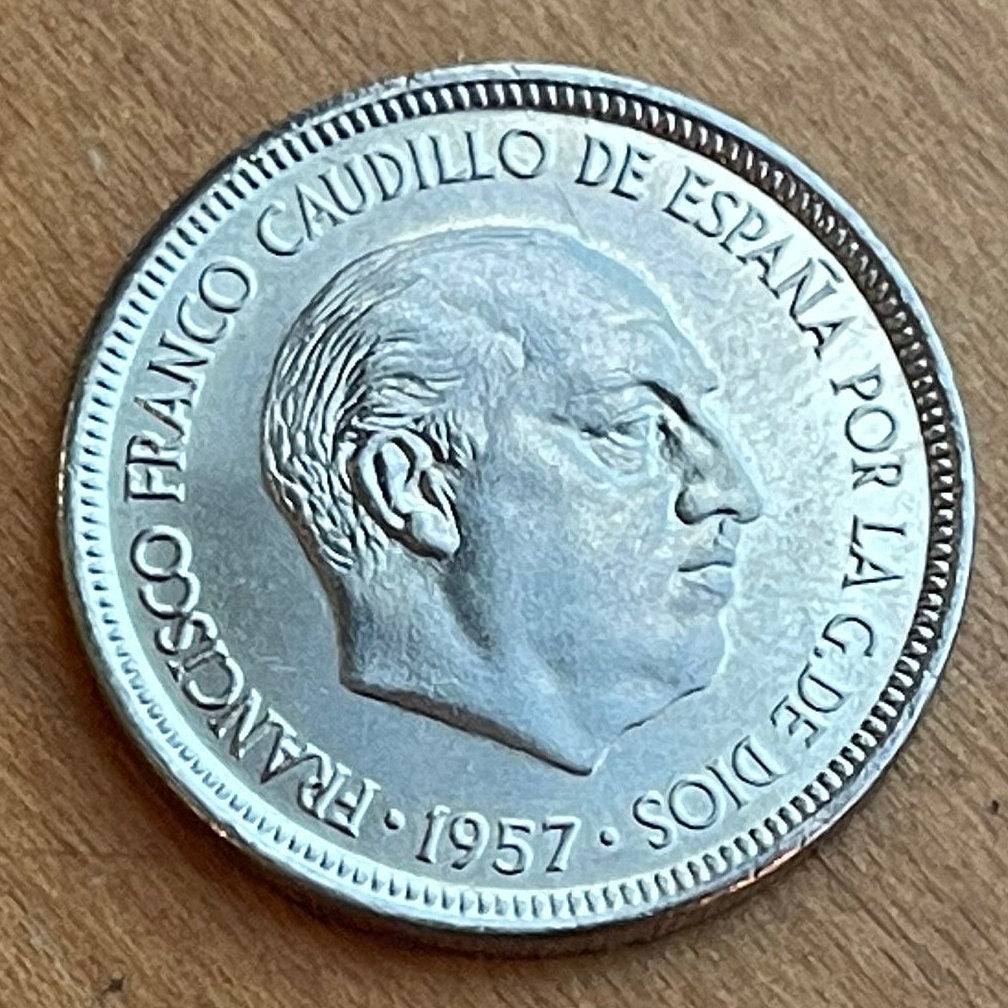
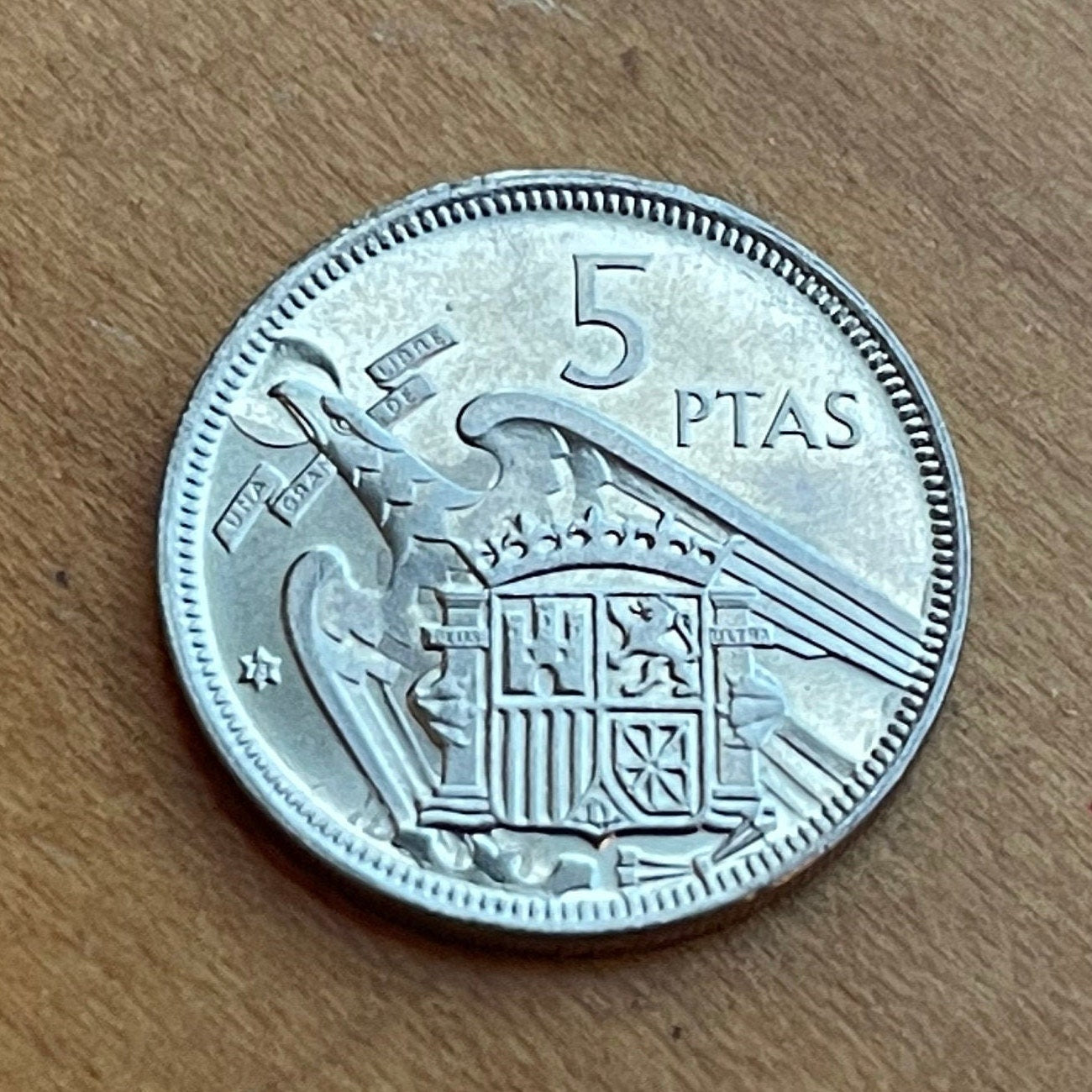
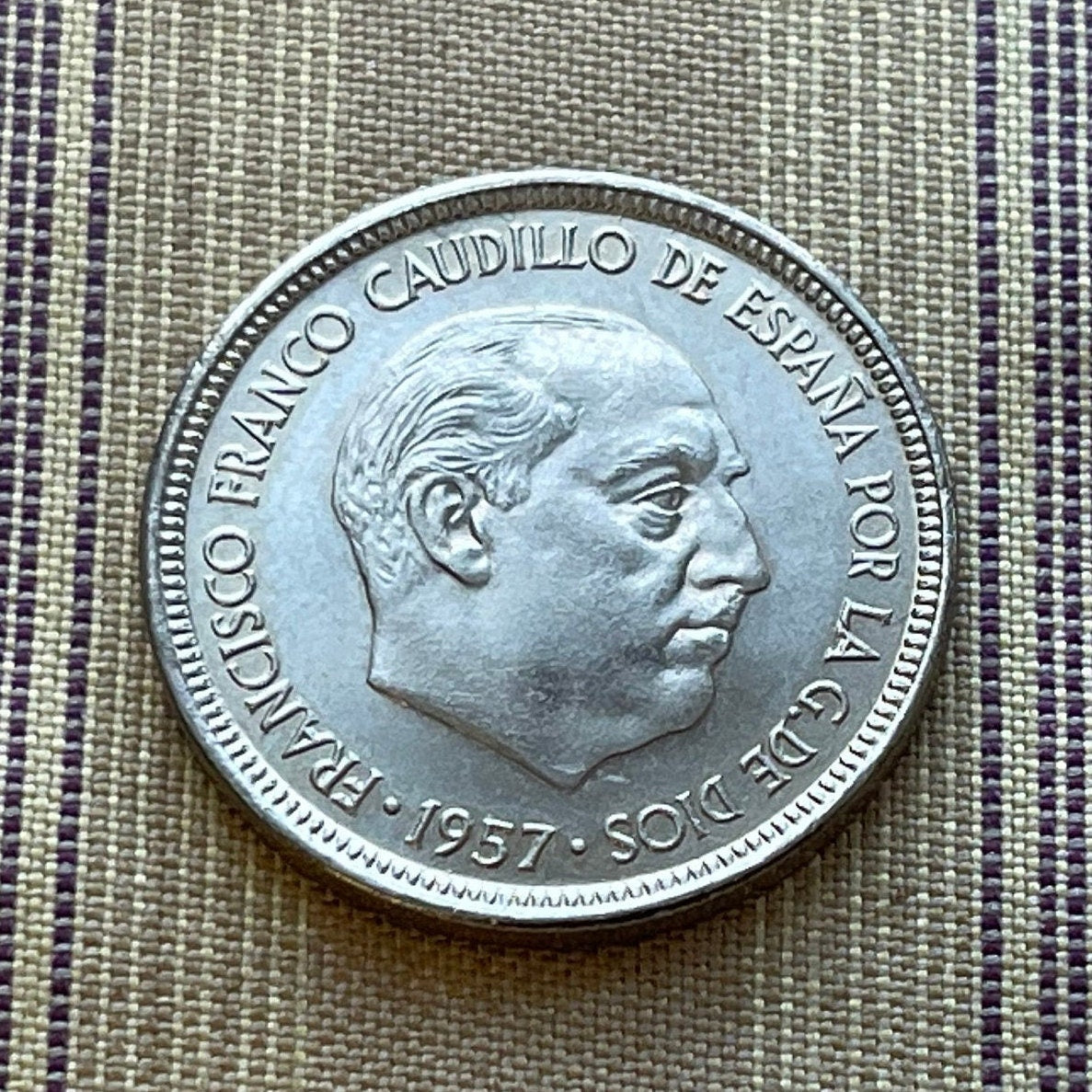
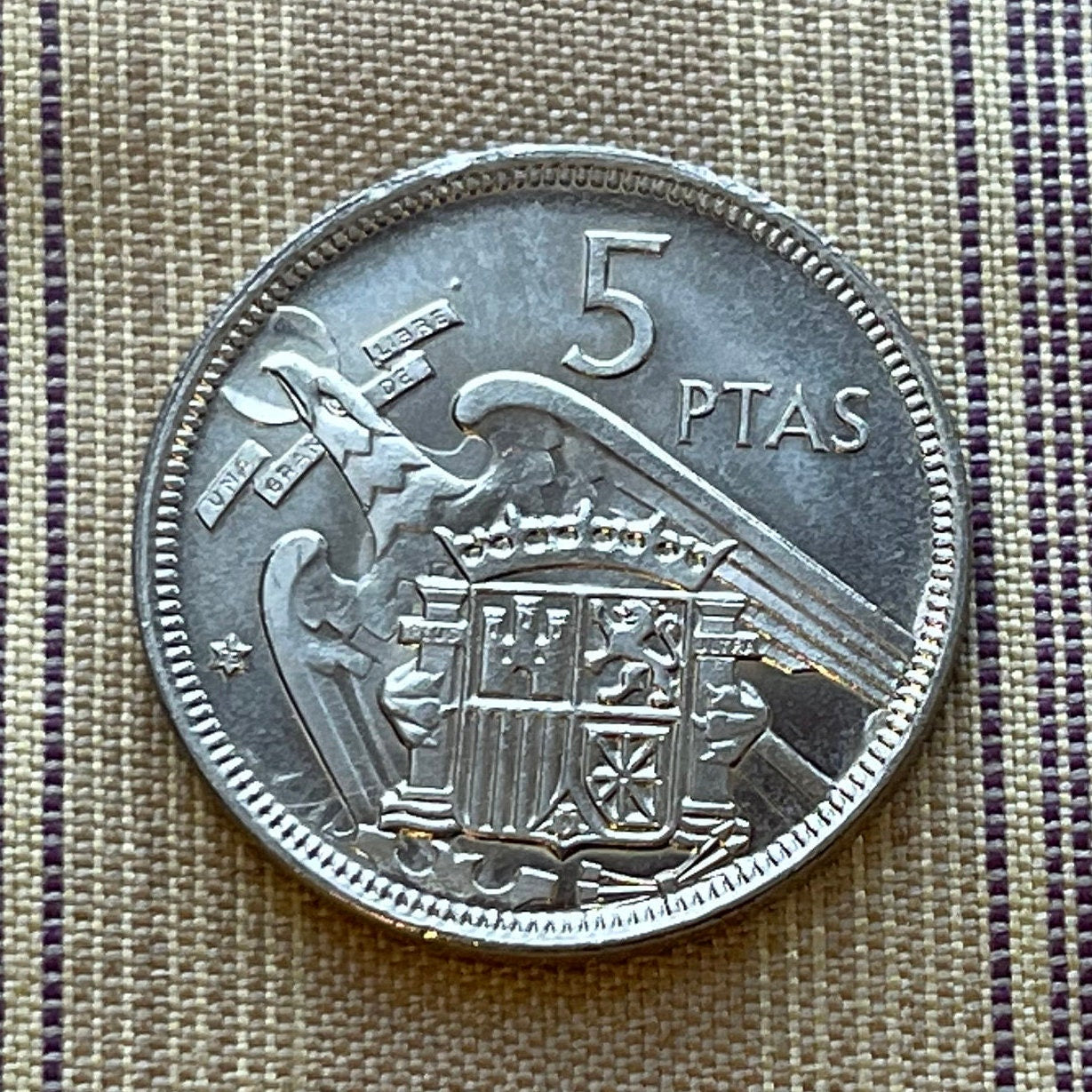
Super répond à mes attentes.









